19 Ways We Fostered Love of Reading Through Play and Stories
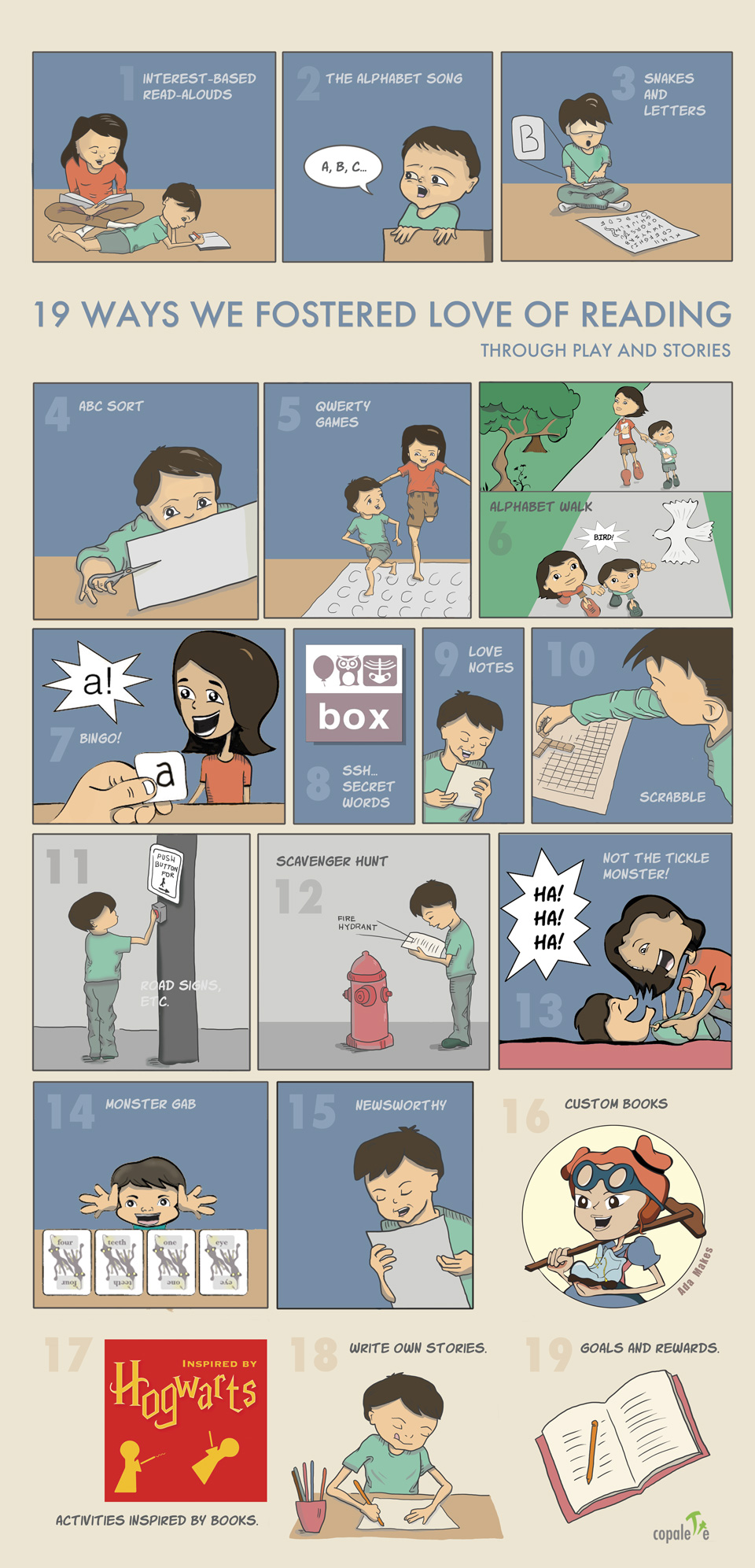
When we sent our son to preschool in 2012, I observed how reading was taught in his classroom. There were mainly two ways: 1) the use of flashcards and work sheets to teach the mechanics of reading, and 2) read alouds/ story time.
I watched most of the kids, mine included, fidget as the teacher used flashcards to teach reading: M—AT, MAT! C—AT, CAT! It was boring.
Story time was more engaging, but with 20+ kids in the class, there was no way to make sure the selected story was stimulating for all. The picture books were mildly interesting to my then four-year old. Mildly. Because by that age, our read alouds at home were no longer picture books. We were reading silly chapter books like WILEY & GRAMPA, and had even tackled Neil Gaiman’s CORALINE.
I loved to read as a child. I still do. And the way things were going at school, my own child was losing interest in the activity.
Luckily, we were in a position to make different choices. We left the school system, and we now have the flexibility to learn the joys of reading our own way.
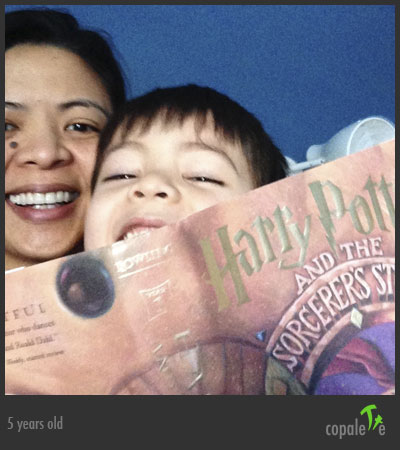
Interest-based Read Alouds (and audiobooks)
In grad school—and for a few months after—I worked on a Design project on the topic of reading and kids. I took the project from research to concept development. One of my biggest takeaway from talking to kids during my research phase is the most obvious, but often most neglected in attempts to foster love of reading in academic settings: PURSUING ONE’S INTEREST.
The required reading lists rarely matched the kids’ preferred reading materials. Are we afraid that if we let kids choose, they’d choose video game inserts over substance?
While we certainly want to expand kids’ reading beyond what they might easily have access to, expansion has often ironically translated to a limited selection of what has been deemed necessary reading for educated people. At times, these reading materials are hard to fully appreciate until later in life. They feel irrelevant to younger readers, and they can turn young readers away from reading for pleasure.
When I talked to kids who have discovered the joy of reading, the theme was constant: their engagement stems from interest. I had a kid passionately discuss THE HUNGER GAMES, while another displayed the same intense enthusiasm over a book about the life of HENRY V.
So our read alouds at home have always been that: books that my son is interested in. These are books that my son could not yet read on his own, but whose stories intrigued him. I read him THE GRAVEYARD BOOK by Neil Gaiman at four years old. We finished the HARRY POTTER series in three months when he was five, and then followed it up with Philip Pullman’s HIS DARK MATERIALS.
Now my 6-year old son is reading on his own. Interestingly, he re-read some of the chapter books I read to him when he was four. Right now, he is into GOOSEBUMPS, but he still asks me to read him the thicker books.
The Alphabet Song
Almost every parent does this, so why am I including it? Because we quickly forget how engaging music can be when learning new things! We often separate music education as its own silo, but music can be an effective, fun tool to use when learning the supposedly more academic topics. When I was a kid, I learned to convert from English to Metric via song!
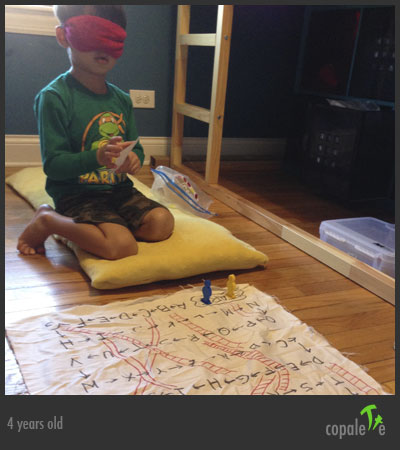
Inspired by Games: Snakes & Letters, Spell-It Bingo, Scrabble, and Not the Tickle Monster
Game play was another way we introduced the mechanics of reading. To learn his letters, we took inspiration from board games like Snakes & Ladders, Bingo, and Scrabble.
For our game, Snakes & Letters, I created textured cards, and a game board with the letters and snakes. Blindfolded, we took turns identifying the letters and moving to the appropriate box on the board. Snakes forced you to slide back down closer to the start. The first person to reach the finish line won.
Like in Snakes & Letters, I initially created a modified (easier) Scrabble board for G, but he quickly outgrew that. So we now use a regular Scrabble board with a slight modification to the rules: G’s incorrectly spelled words—as long as they are phonetically correct—are acceptable. This rule gives him confidence to play, and gives me a chance to show him spelling errors (his words can stay on the board, though.)
Our The Power of “Bingo!” also used custom bingo cards and board, but the basic rules are the same.
Not the Tickle Monster! is our variation of an indoor treasure hunt. One person hides the clues, while the other follows them. In this game, clues reveal where the next clues are hidden, and at some point during the game—anywhere from the beginning to the last spot before the final hiding place—two clues are revealed at the same time. The treasure hunter is forced to follow only one. One of the clues lead to the treasure (yes!), while the other to the tickle monster!
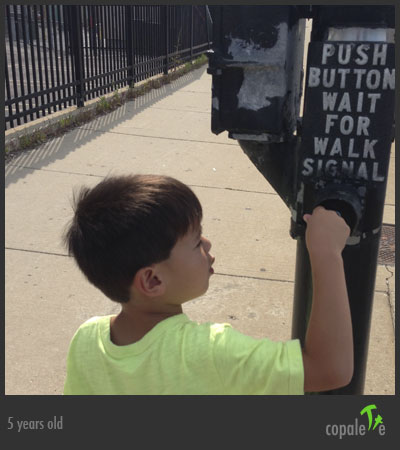
The Real World: Junk Mail, Road Signs, News...
We took some real-world materials to put more context into learning how to read. We used junk mail, because for some reason, four-year old G really liked junk mail. We found pictures from the ads, cut them out, and sorted them alphabetically.
Road signs, ATM instructions, automated parking meters, and other objects with buttons are great for reading practice. I encouraged G to read to figure out what the buttons did, and as a reward, he got to press the button! When you are under six years old, that is a wonderful thing.
I created weekly custom newspapers for G. I selected important, interesting, or even strange news and wrote short articles that G could read by himself. I also included comic strips and puzzles. This activity provided opportunities to practice reading and problem solving, while providing valuable insight to various events and cultures that are much, much bigger than his current world.
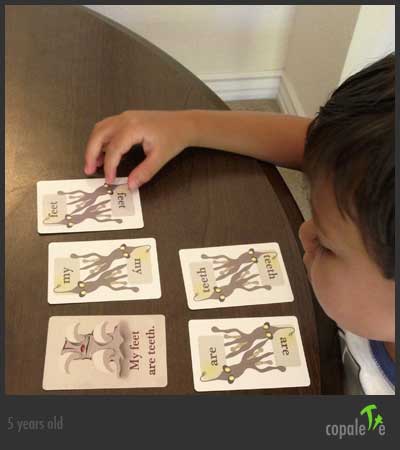
Custom Games: QWERTY+ Games, Monster Gab, Ssh... Secret Words
Movement is another great tool for learning, and like most kids, G loves to skip, hop and run. For this, I created a big cloth QWERTY keyboard, and thought of different ways we could use it to play games.
Monster Gab is a custom card game I created that incorporated his love of monsters and games with reading.
In Ssh… Secret Words, G read pictures instead of letters. It’s a fun, little activity involving a bit of phonics, a bit of writing, reading and even problem solving.
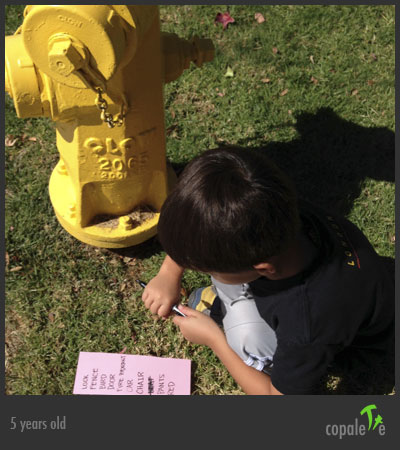
Explore the neighborhood: Alphabet Walk and Scavenger Hunt
Some people mistake home education to mean that we are stuck at home doing our learning. Most of our learning happens outside our house, especially since G loves being an “explorer.” Alphabet Walk and Scavenger Hunt are two activities that take us outdoors.
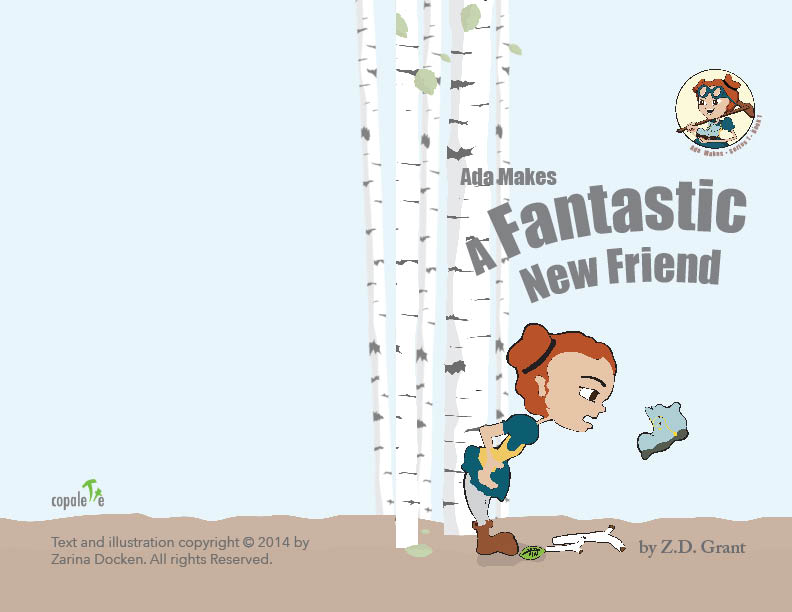
Custom Books: Ada Makes
As noted above, I have always read G stories which interested him. Unfortunately, most of the books he could read on his own… did not. So I decided to write and illustrate stories that I knew he would like. I cleaned up and posted the very first of these stories. I have since created more Ada Makes stories, but they are all in my sketchbooks, doodled roughly. The stories got more complex as G’s reading ability developed.
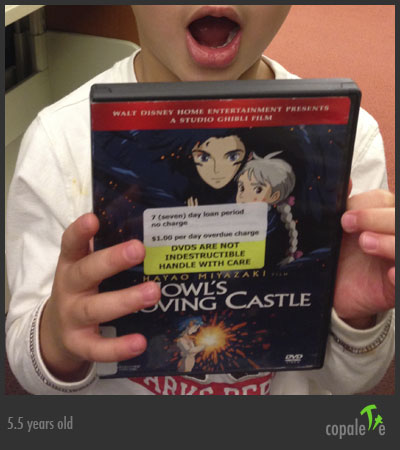
Activities Inspired by Books: Inspired by Hogwarts, The Golden Compass, Movie Adaptations
This is another favorite. Sometimes, it is not enough to finish reading a book. Sometimes, it’s fun to live it. So we do activities inspired by the different books we have read. This allows us to take the lessons beyond reading. We apply what we read to the real world.
Watching movie adaptations of movies is also great fun. G, on his own, has come to the conclusion that most books are better than their movie counterparts.
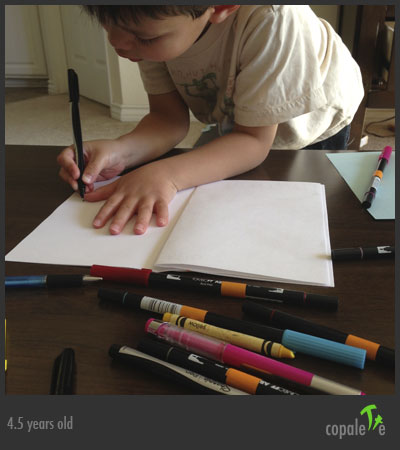
Write Own Stories
Because he loves stories, G naturally expressed a desire to become a writer. I created a simple framework for him to write his own stories. He started by drawing pictures, and verbally telling me the plot. Eventually, he started writing them phonetically. He is currently working on a chapter book called LIVING OBJECTS, and has a few more ideas for future books.
I know quite a few professional writers, and the good ones are all avid readers.
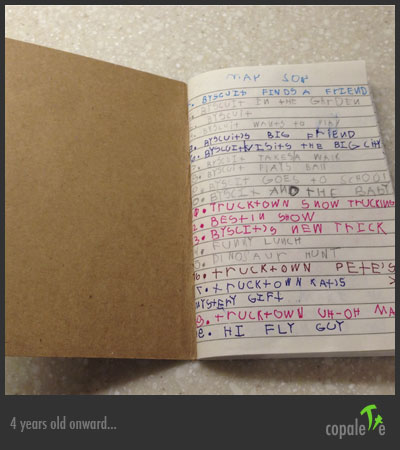
Goals and Rewards
I hesitate to include rewards here because rewards can be tricky. In this case, however, the reward works out perfectly. For reaching milestones in his book log, he gets… a new book! He started tracking his books from the very first ones he read (Biscuit books). These days, he’s working toward his 200th entry, which will probably be one from the Goosebumps series. We plan to keep updating the log for as long as possible. I envy this log. I wish I had a list of all the books I ever read!
